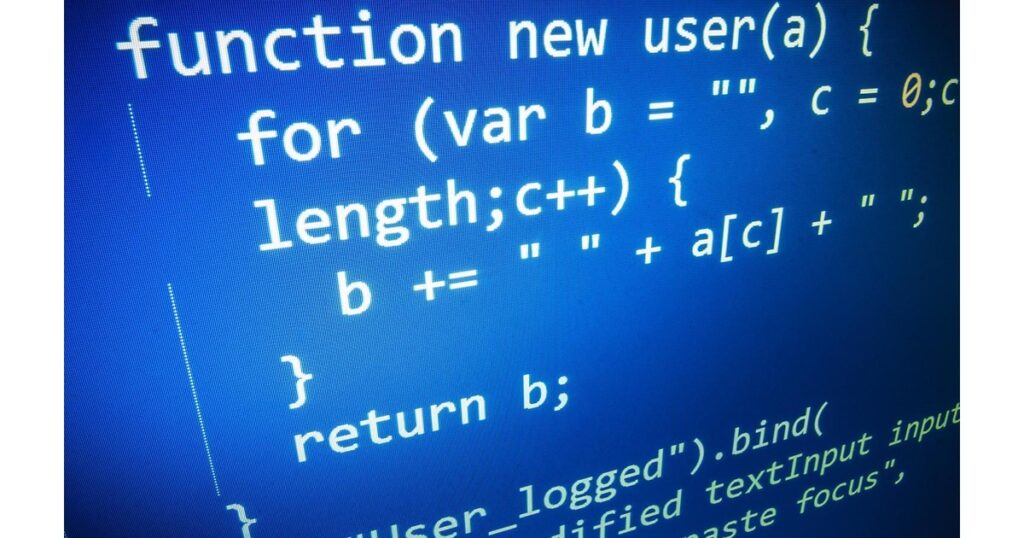Best Practices to learn to Code!
5 min read
Best Practices to learn to Code
Some people learn to code quickly, others more slowly, but everyone can learn to code. And don’t rush faster if something fails. You can achieve your goal by moving slowly, and indeed every study is a slow process. If a beginner does not want to leave the study of coding, having mastered only the basics, he must develop his own behavioural strategy. You have to understand that time, effort and sometimes money is invested in training, so you just need to move from one stage to another. And don’t give in to difficulties. Yes, programming is not for everyone. But anyone can learn a language, learn to code. So, you just have to decide and go your own way.
Coding can be the most difficult part of the software development process such as identity verification. If you fail to organize everything from the beginning (especially for large projects), coding and debugging after that will not only take a very long time but will cause a lot of headaches.
Good code is well maintained, can be reused and tested. The following steps will show you and/or your development team on how to handle different program tasks and maintain everything as best as possible. I will introduce you to “best practices” that will help you write good code and help you and your team be happy and efficient.
- Use coding standards
It’s easy to write bad, disorganized code, but it’s hard to maintain. Good code usually maintains some sort of standard for naming variables, formatting, and more. Such standards are useful because they make things conditional on those who read the code afterwards, including you.
You can create your own coding standards, but it is better to use those that are widely used. Using Zend Framework Coding Standard or PSR-1 Coding Style will make it easier for others to adapt.
- Use comments
Comments are critical. Don’t learn to appreciate them until you write a code the size of a thousand lines and leave it for a few days and then come back trying to figure it out. Useful comments make life easier for those who will work with the code after you.
Write clear comments in a single line for unintelligible pieces of code; write a complete description of the parameters and functionality of functions and methods; for complex logic blocks, describe the logic in front of them as needed. Don’t forget to update your comments!
- Refactor
Code refactoring is also a good habit for productive developers. Believe it or not, you have to rewrite your code every day or something is wrong with it! Refactoring keeps your code in good shape, but what should you refactor and how?
You should refactorize everything, from architecture to methods and functions, variable names, a number of arguments passed to methods and the like.
Refactoring is more an art than a science, but there are some good rules that can shed light on this:
- If your function or method is longer than 20-25 lines, there is probably too much logic there and you can divide it into two or more smaller functions/methods.
- If the name of your function or method is longer than 20 characters, it is worth revising the name or revising the entire function/method using the first rule.
- If you have a lot of nested loops, use too many resources without knowing it. In general, you should reconsider your logic if you have nested more than two loops. The three nested loops are just awful!
- Consider whether there are appropriate design patterns you can use. You should not use samples just to use samples, but forms offer proven solutions that may be appropriate.
- Avoid global code
Globals and loops can add problems when your code grows to millions of lines. They affect the code in places where they are difficult to see or cause problems with variable names, objects, and other things. Think twice before you pollute the global namespace with variables, functions, loops, and more.
Ideally, you should not define any block globally. Switch statements, try-catch, for each-loops, while-loops and the like must be described within the method or function. Methods should be described within classes, and classes and functions within namespaces.
- Use meaningful structures
Structuring your application is important; do not use complex structures, always keep it simple. When naming directories and files, use a naming convention that you have agreed with the team or that follows coding standards. Always separate the four parts of the PHP application – CSS, HTML Templates, JavaScript, PHP code – and for each try to separate the libraries from the business logic. It’s also a good idea to keep the directory hierarchy as small as possible, so it will be easier for you to find pieces of code and navigate the structure.
- Use version control systems
In the past, good development teams trusted CVS. We now have a variation of the solutions available. Managing changes and revisions should be simple but effective, so choose which version control system works best according to the course of your development team. I prefer to use a distributed version control system such as Git or Mercurial; both free and open source and very powerful.
- Use code documents
For large applications that span multiple classes and namespaces, you should have automatically generated API documentation. This is very useful and everyone on the team will know what’s what. And if you’re working on several projects at the same time, you’ll find this documentation a blessing, because you’ll probably forget about the peculiarities of the structure and other differences between the projects. One such documentary you might want to consider is DocBlox.
- Use testing
There are many tools I really appreciate, but one that I clearly appreciate are frameworks that help automate the testing process. Testing (namely systematic testing) is required for each part of your $ 1 million application. Good testing tools are PHPUnit and SimpleTest for unique testing of your PHP classes. For GUI testing, I recommend SeleniumHQ tools.






